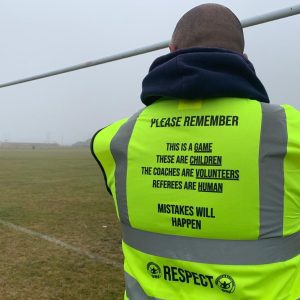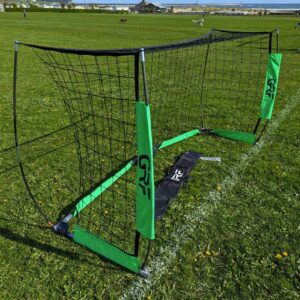Here England Football Learning explain what autism is and how coaches can support players who have it.
What is autism?
Autism is a lifelong developmental disability. It affects how people communicate and interact with the world. While it’s not a learning disability, research suggests that around half of people with autism may have one. This will affect the level of support they need in their life.
What are the characteristics of autism?
Those with autism have differences in four main areas compared to non-autistic people. These areas are:
- communication
- social interaction
- sensory
- routine.
When it comes to communication, players with autism may struggle with speech. You could also discover they find it difficult to maintain eye contact. And they may struggle to grasp things like gestures and sarcasm.
In terms of social interaction, you may notice that they prefer to spend time alone. But if they are working with others, don’t misinterpret them as rude or disinterested if they don’t seem that vocal. People with autism can sometimes struggle with small talk. And they may have difficulties considering the views and emotions of others.
Autistic people can also have differences in their senses. They may experience over or under-sensitivity in touch, sight, sound, taste, smell, body awareness, and balance.
As for routine, some autistic people may find it hard to prepare for change. And they might find it challenging to cope in new or unfamiliar situations. They could also struggle to predict what will or what could happen next.
These are just a few key differences that we’ve highlighted. So, if you want to find out more, download this PDF. It has loads of key information and tips to help you support players with autism.
But remember, no two autistic people are the same. Autism is a spectrum condition that affects people in different ways. Get to know them. Understand what motivates them. Find out how the condition affects them and what support they might need.
How can coaches support players with autism?

Here are five top tips to help you support players who have autism:
- Be patient. Players may take time to adjust to any change, such as a new session, a new coach or a new venue.
- Try to reduce distractions to aid concentration. For example, only get out the equipment that will be used.
- Maximise the space between your session and other groups using the same facility.
- Avoid common football phrases that can be interpreted literally. For example, ‘check your shoulder’ and ‘keep your head up’.
- Provide a safe space – or a person – they can go to when a situation becomes too much. This can help them if they need to regulate their emotions.
More resources
If you haven’t already, download this PDF for more information on how to support players with autism. It’s a handy resource to take with you to training.
And if you want to find out more about autism or disability football, check out these useful links:








0 Comments